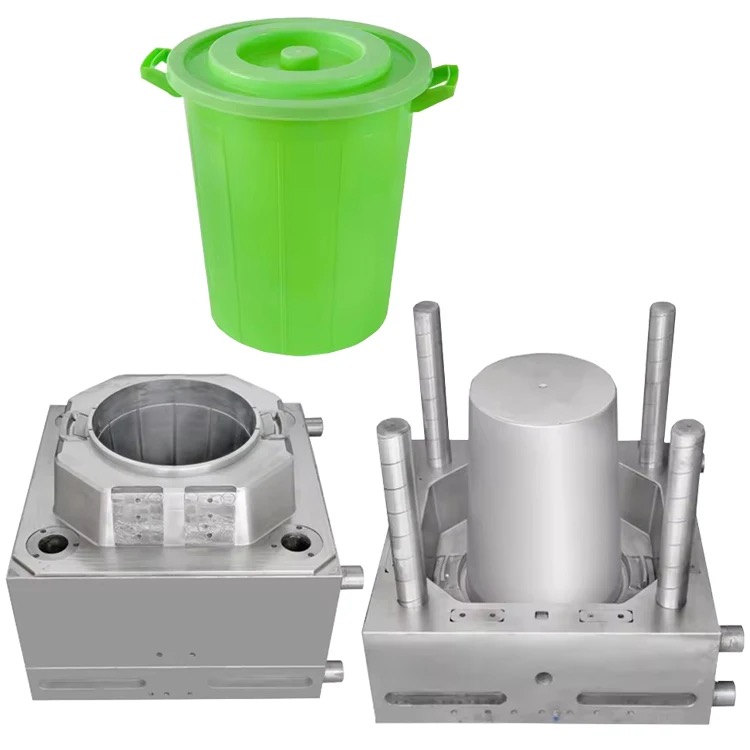In our everyday lives, plastic products are omnipresent, ranging from water bottles and cutlery to storage containers and toys. Characterized by their lightness, durability, and cost-effectiveness, plastics have become indispensable components of our lives. Behind this ubiquity lies a crucial process: the design and manufacturing of plastic household molds. Today, let's lift the veil on the mysterious world of plastic household molds and delve into the technology and artistry behind them.
Basics of Plastic Household Molds
Plastic household molds, in simple terms, are tools used to shape plastic products. Typically made of metal, such as steel or aluminum, they feature cavities that are exact negatives of the final product. When molten plastic is injected into these cavities, it cools and solidifies, resulting in a product that matches the mold's shape. The design of the mold directly determines the product's appearance, dimensional accuracy, and even functional characteristics.

The Process of Mold Design and Manufacturing
Product Design: Initially, based on market demands or customer requirements, designers create a three-dimensional model of the product, considering its functionality, aesthetics, and manufacturing costs.
Mold Design: Building on the product design, mold designers plan the mold's structure, including the parting line, gate locations, cooling systems, and more, ensuring even plastic filling and smooth ejection from the mold.
Material Selection: Choosing the right material for the mold is crucial. Factors like wear resistance, heat resistance, and machinability are taken into account to ensure the mold's longevity and efficiency.
Manufacturing: Once the design is finalized, the mold undergoes precision machining, such as milling, drilling, and grinding, to achieve the intricate details required. Advanced manufacturing techniques, like CNC machining and electrical discharge machining (EDM), play pivotal roles here.
Assembly and Testing: The various components of the mold are assembled, and rigorous testing is conducted to ensure that the mold operates flawlessly. This includes pressure tests, cycle time assessments, and dimensional inspections to guarantee product quality.
Production: With the mold verified, it's ready for mass production. Injection molding machines inject molten plastic into the mold, where it cools and solidifies into the desired shape. The cycle repeats, churning out thousands of products efficiently.
The Art and Science Behind It
The creation of plastic household molds is a blend of art and science. Designers must balance aesthetics with functionality, while engineers ensure the mold's structural integrity and manufacturing feasibility. The precision required in mold making is incredible, with tolerances often measured in micrometers.
Moreover, with the rise of sustainable practices, mold designers are increasingly incorporating eco-friendly considerations. This includes using biodegradable plastics and designing molds that can be easily disassembled for recycling.
Conclusion
Plastic household molds are the unsung heroes of modern life, enabling the production of countless everyday items. Their design and manufacturing processes encapsulate the essence of engineering excellence, blending creativity with technical prowess. As we continue to innovate and advance, the role of plastic molds in shaping our world will undoubtedly grow even more significant.
In the end, the next time you pick up a plastic cup or a storage bin, spare a thought for the intricate mold that made it possible. It's a testament to human ingenuity and the relentless pursuit of progress.
 Chinese
Chinese English
English Español
Español